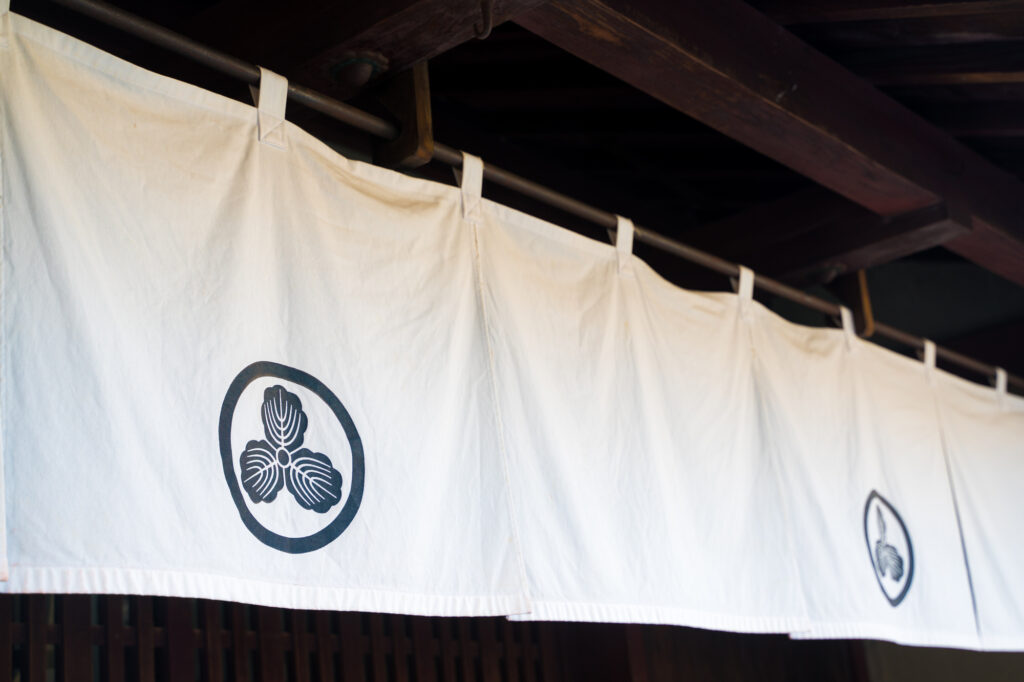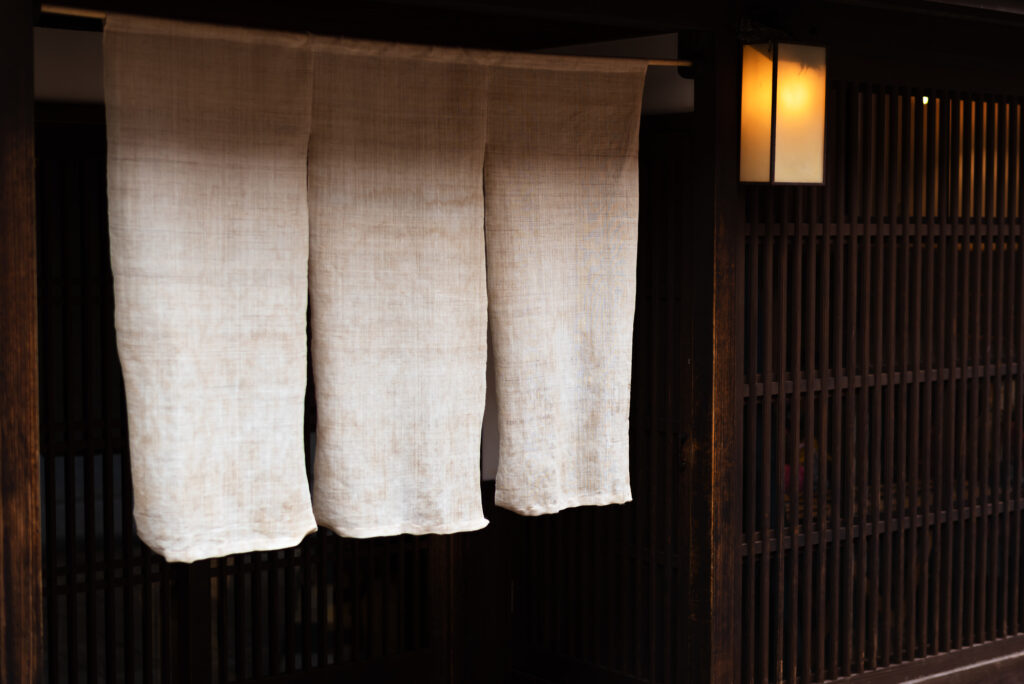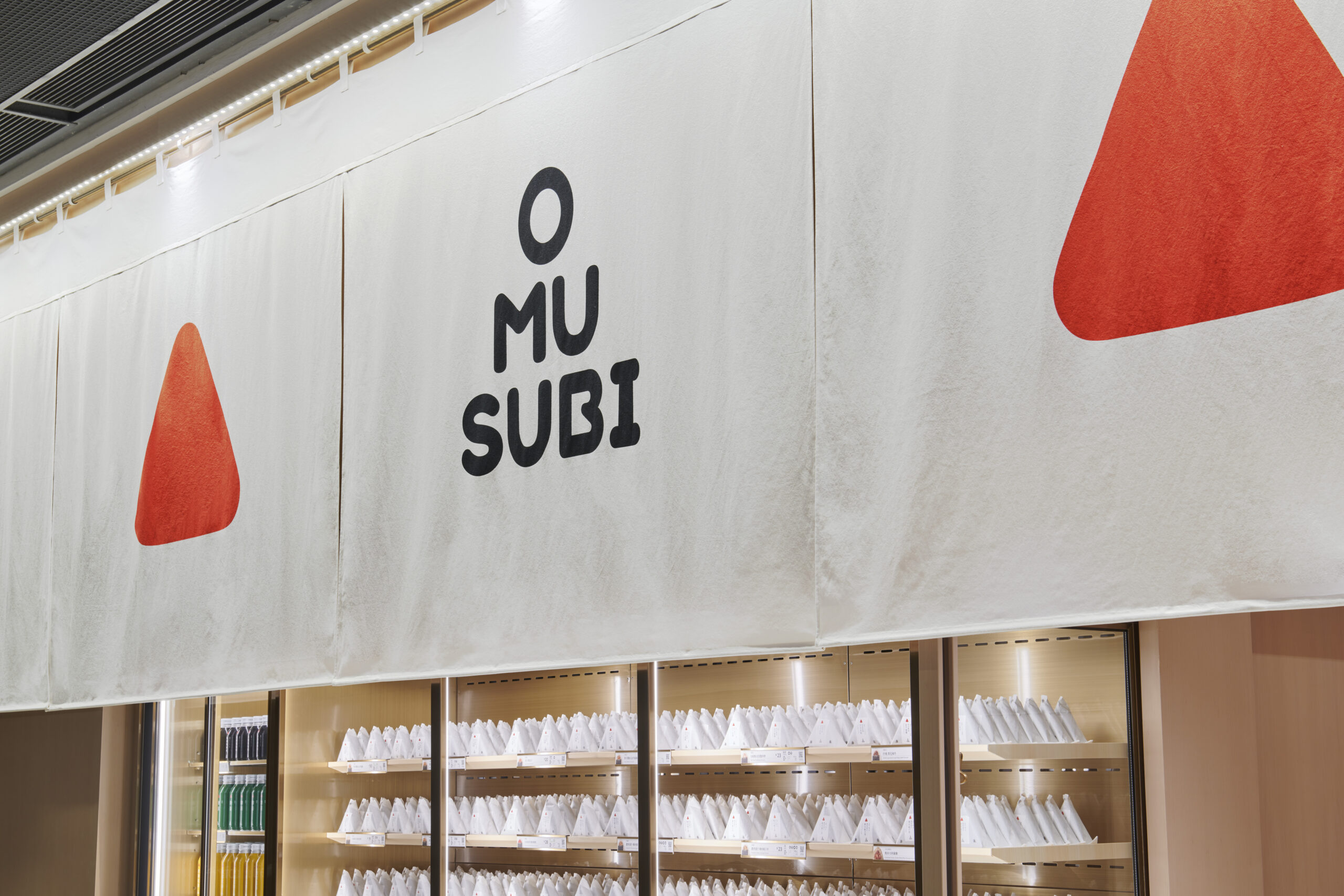Whenever a customer peels away the draping noren (warm curtain) outside a shop, a resounding “Irasshaimase!” (Welcome!) is heard from within the shop. This is a fairly familiar sight and impression of Japanese stores in general. The noren helps instill a clean, tidy and authentic look and feel for shops, but how much do you know about its practical use?

The noren is said to be seen as early as late Heian period. At the time, it was used in residential houses to fend away dust, light, wind, rain and peeping. In the Kamakura and Muromachi periods, the noren was found in more and more commercial establishments – hanging up a noren means that the shop is open for business. Because of the low literacy rate at the time, the noren usually bore shop or family insignias. It signified the good name and reputation of the shop, and was easily recognizable by the general public. The increased literacy rate in the Edo period allowed more information to be displayed on the noren: apart from symbols, it began to contain more texts to decorate and provide advertising and promotion.


In addition, the noren also comes in many looks. Shops would make them with materials like linen, cotton and silk, and in different shapes and sizes: naga (long) noren nearly covers the entire shopfront, and is suitable for businesses like tailors and clothes-makers to ensure good privacy; han (half) noren displays goods to customers clearly, so is often used by eateries; and mizuhiki (decorative knot) noren is hung under eaves to keep dust away.

In contemporary times, although urban development was rapid, the noren remains a common sight in Japan. Apart from shopfronts of older establishments, you can also see them in newer modern shops and even commercial buildings. Likewise, OMUSUBI hangs white noren made with organic tree cotton in our store. The simple yet iconic design instils a warm and harmonious atmosphere to welcome you at all times.